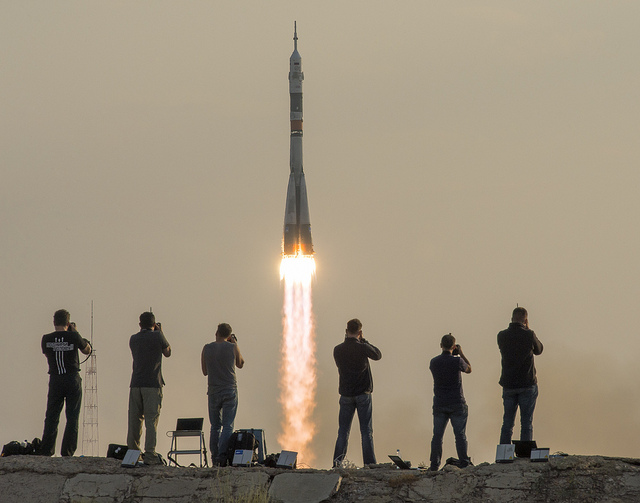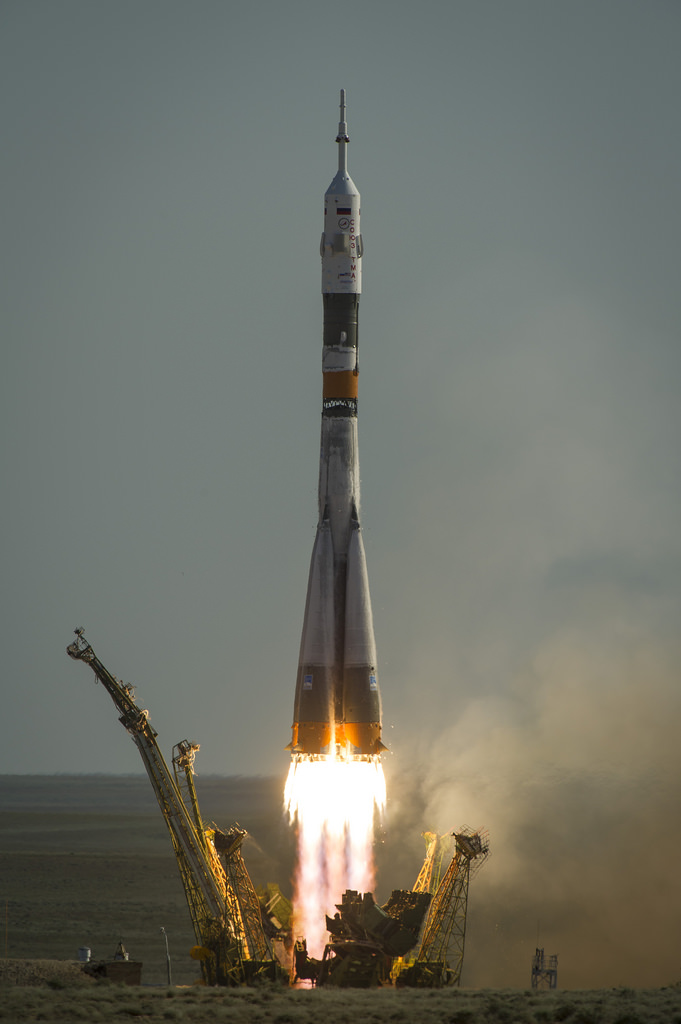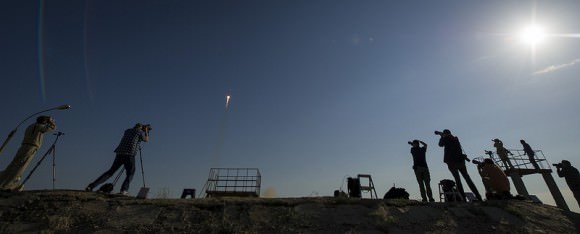There are a group of unsung heroes at NASA, the people who travel the world to capture key events in our exploration of space. They share their images with all of us, but most of the time, it’s not just the pictures of launches, landings, and crucial mission events that they capture. They also show us behind-the-scenes events that otherwise might go unnoticed, and they also capture the true personalities of the people behind the missions and events.
From exciting beginnings of rocket launches and rocket tests to the sad losses of space exploration icons, these photographers are there take these images that will forever remind us of the glories and perils of spaceflight and the joys and sadness of human life.
NASA photographers Bill Ingalls, Aubrey Gemignani, Joel Kowsky, Connie Moore, and Gwen Pitman chose some of their favorites images from 2016, and below are just a few. As Ingalls told us, “These are the favorite images created by our HQ photo team, not from the entire agency. There are many more talented photographers at the NASA centers producing some amazing work as well.”
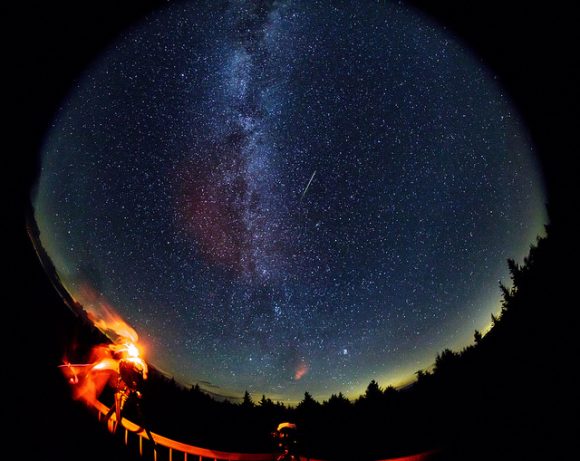
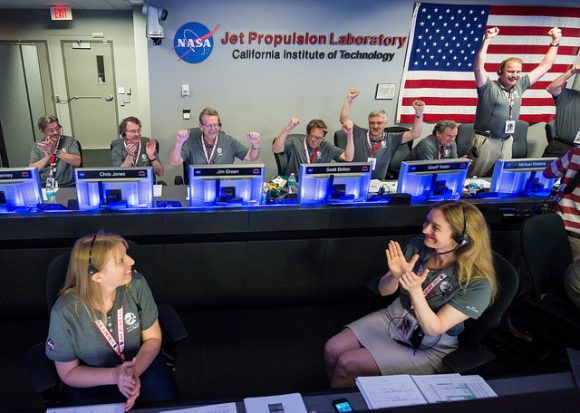
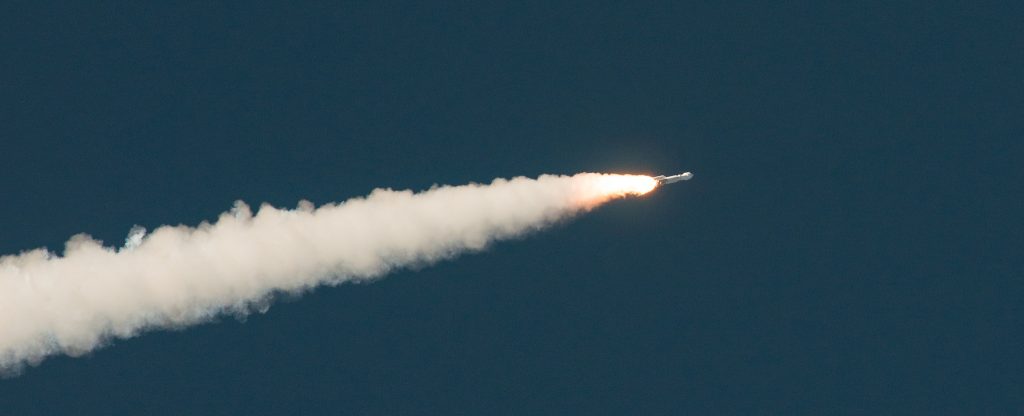
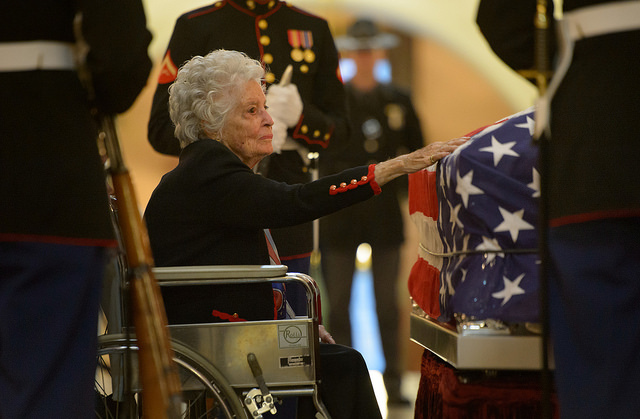
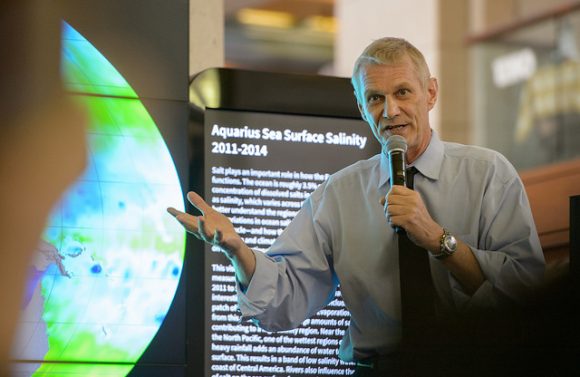
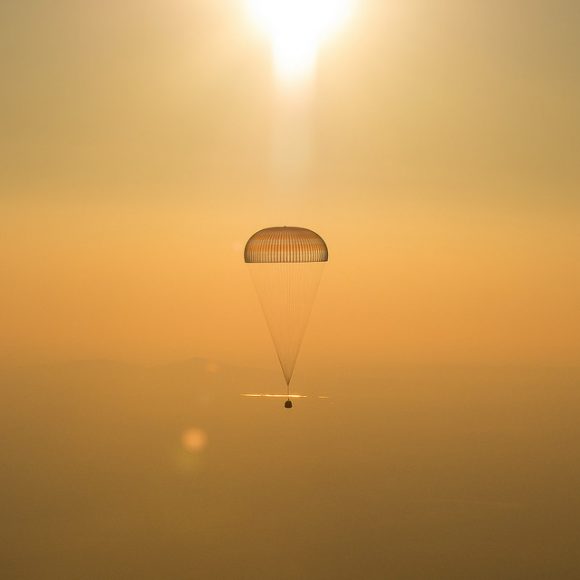
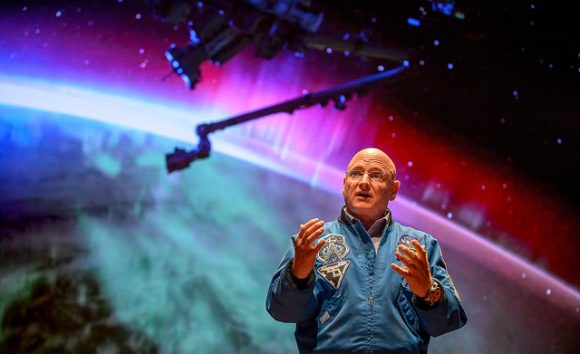
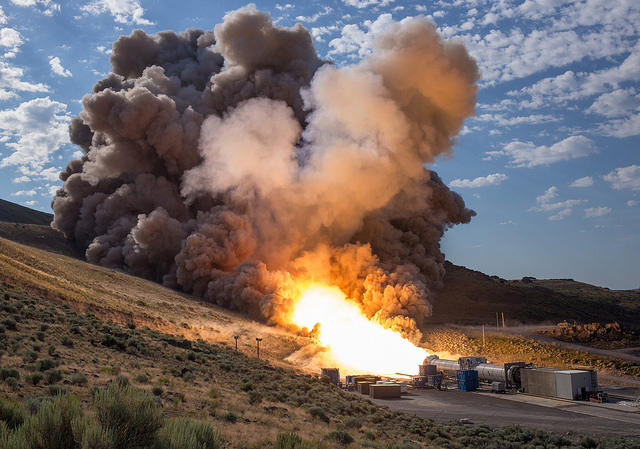

Click on each of the images to see larger versions on Flickr. You can see the entire selection of these favorite photos from 2016 on the NASA HQ Flickr page.

